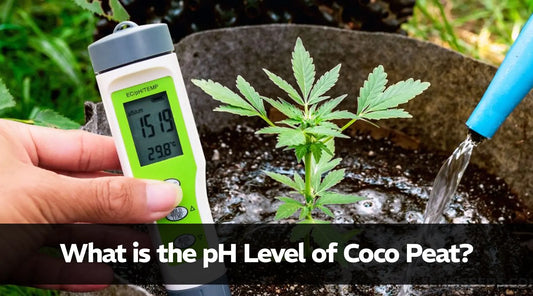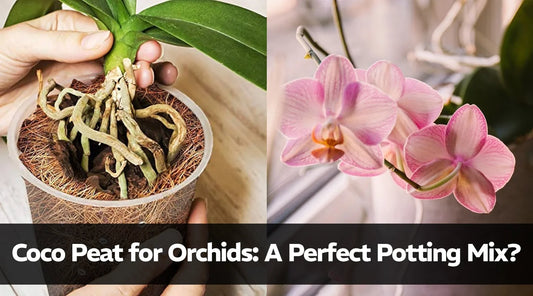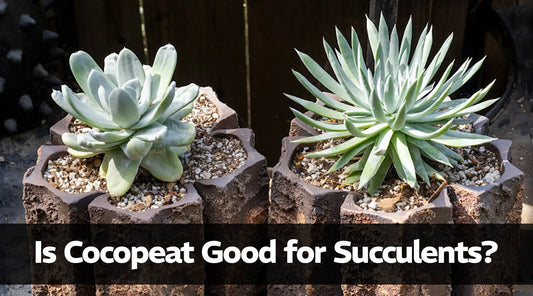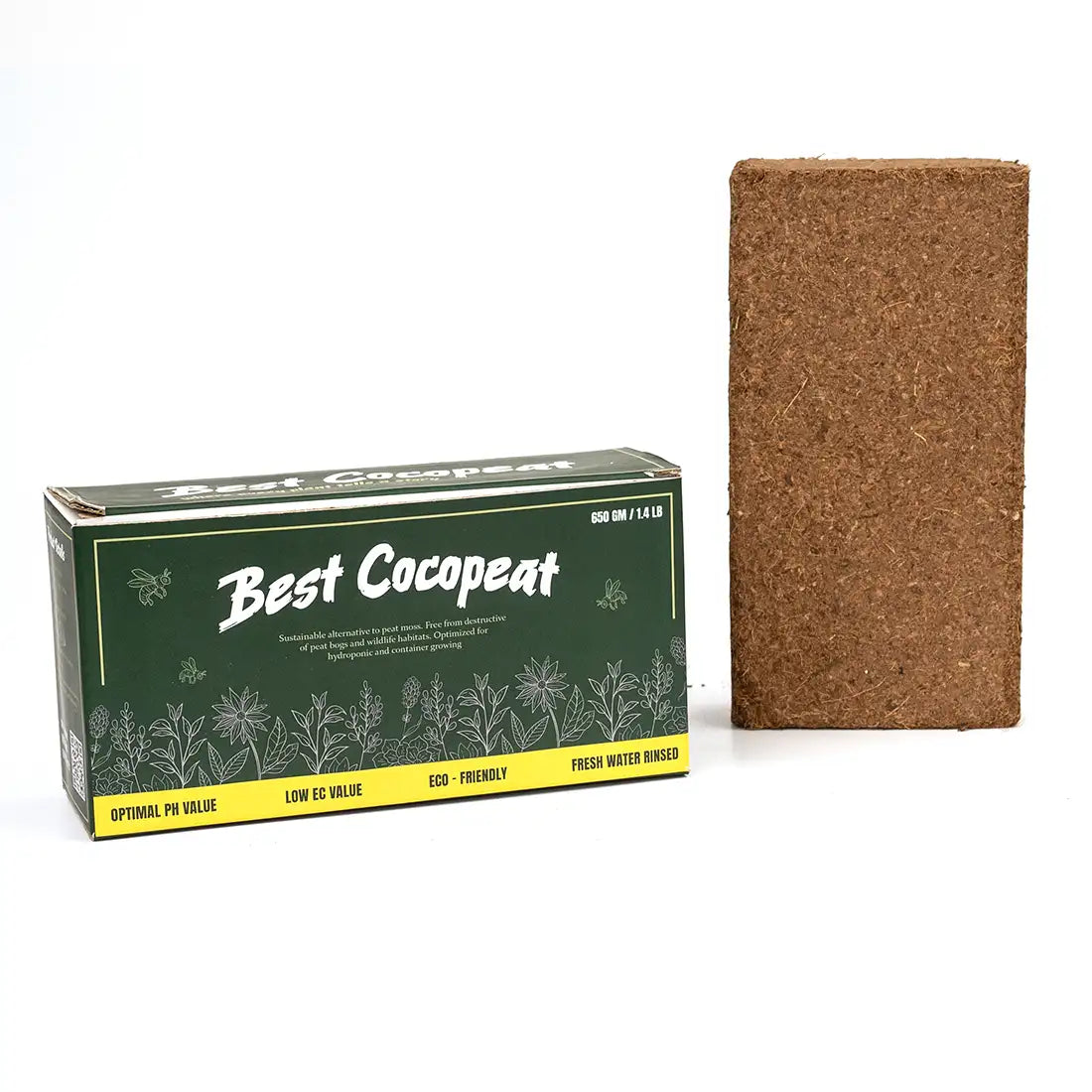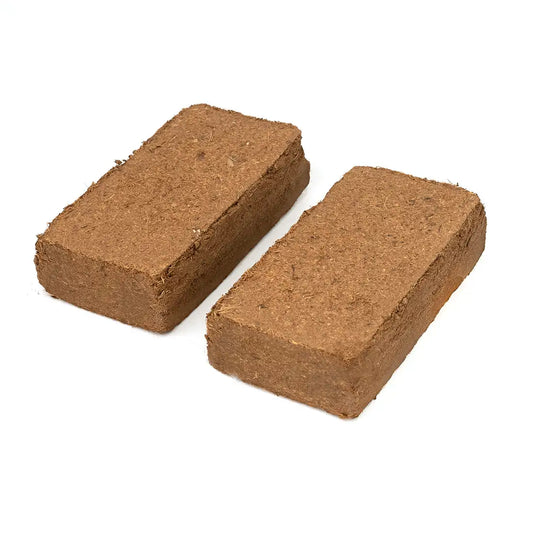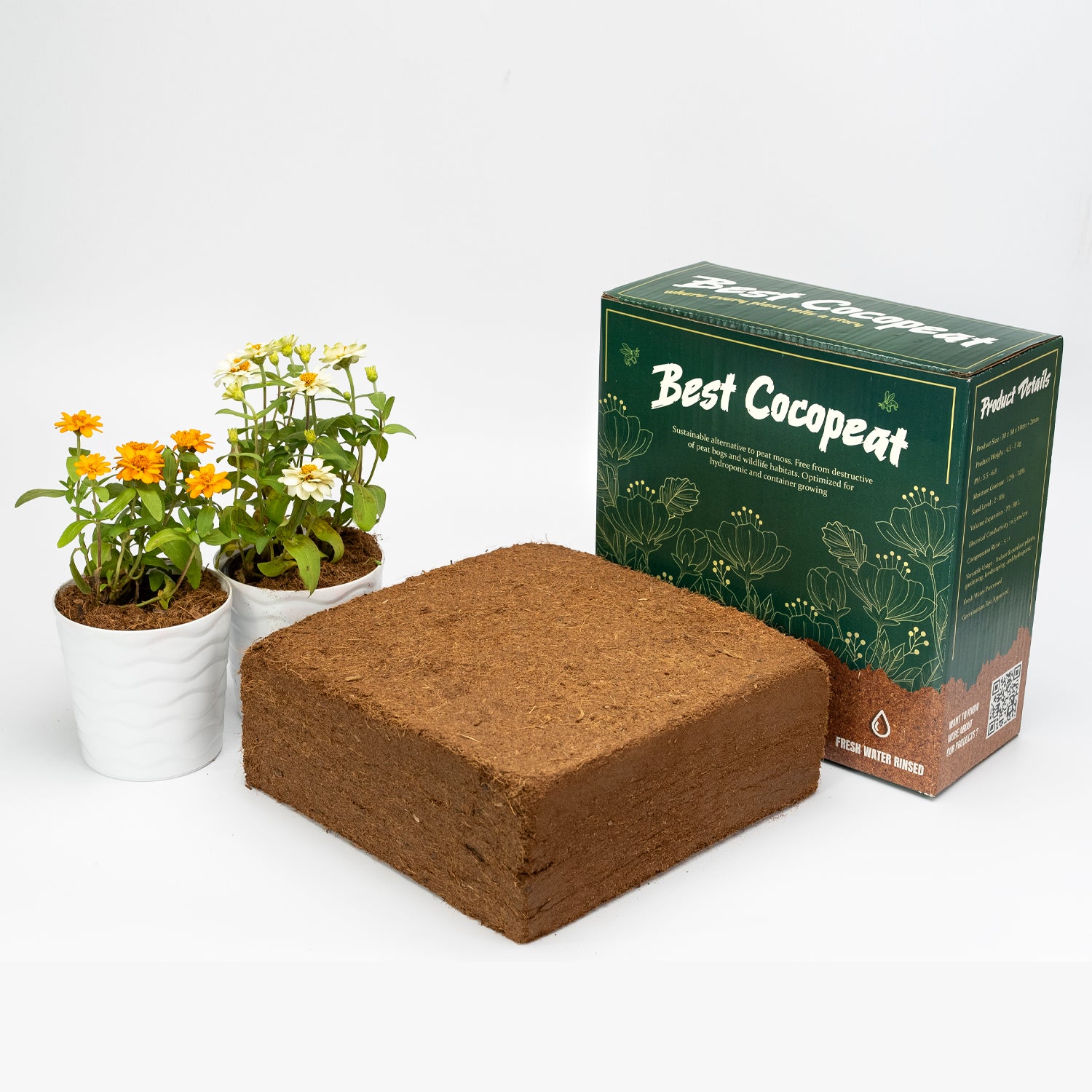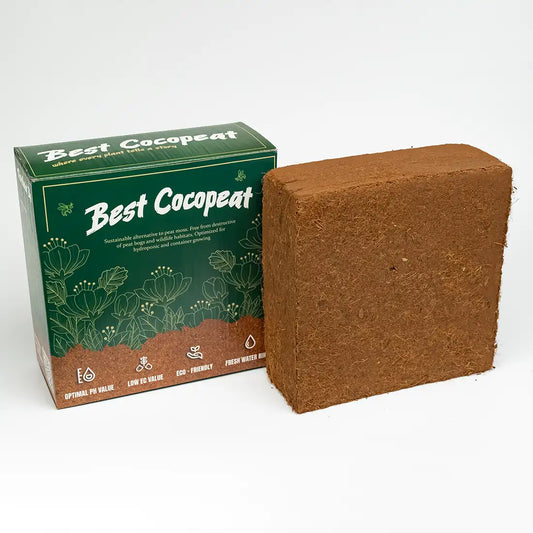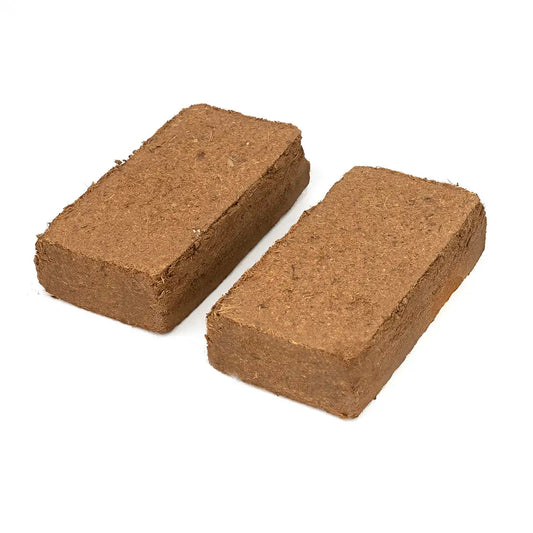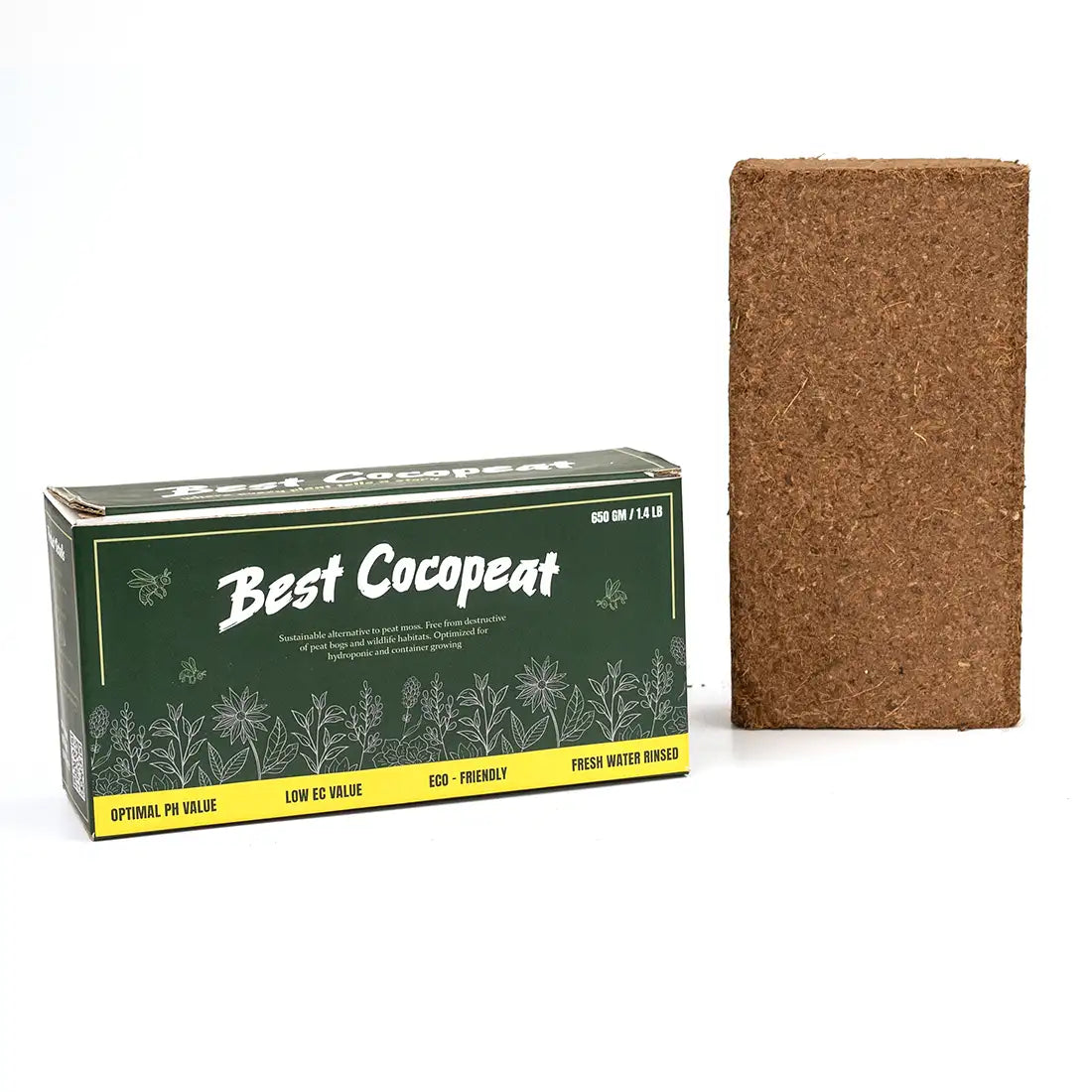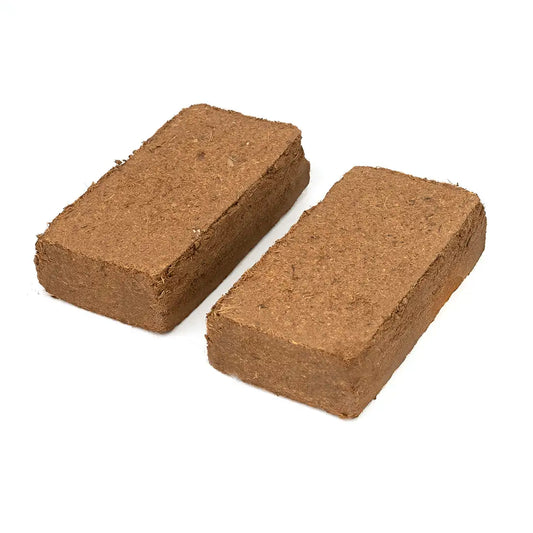Mushroom cultivation has become an increasingly popular agricultural practice due to its profitability and environmental sustainability.If you want to succeed in mushroom farming, choosing the right growing medium is absolutely key.While traditional substrates like straw and sawdust are commonly used, coco peat (also known as coir pith) is emerging as a superior alternative. Many farmers are now exploring coco coir bricks, a compact form of this versatile growing medium, to enhance their farming practices.
What is Coco Peat?
Coco peat is a byproduct of coconut processing, derived from the fibrous husk of coconuts. This natural, eco-friendly material is lightweight, highly porous, and an excellent moisture retainer. These characteristics make it an ideal medium for various agricultural uses, including mushroom cultivation. Products like coconut coir brick are commonly used in farms to simplify storage and preparation.
Why Use Coco Peat for Mushroom Cultivation?
1. Excellent Moisture Retention
Mushrooms thrive in a moist environment, and coco peat has the remarkable ability to hold water, providing consistent hydration for the growing fungi. Unlike some substrates that dry out quickly, it maintains an ideal moisture balance, reducing the need for frequent watering. Using coco peat mushroom substrate ensures that hydration levels are perfectly suited to the needs of fungi.
2. Enhanced Aeration
Coco peat’s loose structure allows for better aeration, which is essential for mycelium development. Proper aeration promotes the healthy growth of mushrooms and minimizes the risk of suffocation caused by overly compacted substrates. Farmers using coco peat for mushroom cultivation have noted improved yields thanks to this feature.
3. Anti-Fungal and Mold Resistance
Coco peat naturally resists harmful fungi and molds, making it a safer choice for mushroom farmers. This characteristic reduces the chances of contamination, a common challenge in mushroom cultivation. For those implementing coco peat mushroom cultivation techniques, the natural resistance of this medium can be a game changer.
How to Use Coco Peat in Mushroom Cultivation
Step 1: Preparing the Coco Peat
- Rehydrate the coco peat by soaking it in water for a few hours. This process expands the material and activates its moisture-retaining properties. Products like coco coir bricks make rehydration simple and efficient.
- Sterilize the coco peat by steaming or boiling it to eliminate any potential contaminants. This step is critical for preventing contamination during coco peat mushroom cultivation.
Step 2: Mixing with Other Substrates
- While coco peat can be used alone, mixing it with other substrates like sawdust or agricultural waste can enhance its performance.
- Add supplements such as gypsum or bran to boost nutrient availability for mushrooms.
Step 3: Inoculating the Substrate
Spread the mushroom spawn evenly over the coco peat mushroom substrate mixture.Make sure your substrate is damp but not overly soaked—this balance is crucial for healthy mycelium growth.Those experimenting with coco peat mushroom cultivation often report high rates of mycelium penetration.
Benefits for Different Mushroom Varieties
- Button Mushrooms: Coco peat’s moisture retention and aeration provide ideal conditions for the growth of button mushrooms. Using coco peat mushroom casing improves quality and yield.
- Oyster Mushrooms: The lightweight structure of coco peat ensures easy penetration and development of oyster mushroom mycelium.
- Shiitake Mushrooms: When combined with hardwood sawdust, coco peat enhances the productivity of shiitake mushrooms. Many farmers have successfully adopted coco peat mushroom cultivation for these varieties.
Conclusion
Coco peat is revolutionizing mushroom cultivation by offering a sustainable, efficient, and cost-effective growing medium. Its unique properties, including excellent moisture retention, aeration, and natural resistance to contaminants, make it an ideal choice for both beginner and experienced mushroom farmers. Whether you’re cultivating oyster mushrooms or shiitake, incorporating coco peat for mushroom cultivation into your farming practices can yield better results while supporting the environment.
So, why not give coco peat a try for your next mushroom-growing project?Check out BestCocoPeat.com for top-notch coco peat products designed specifically for agriculture.

